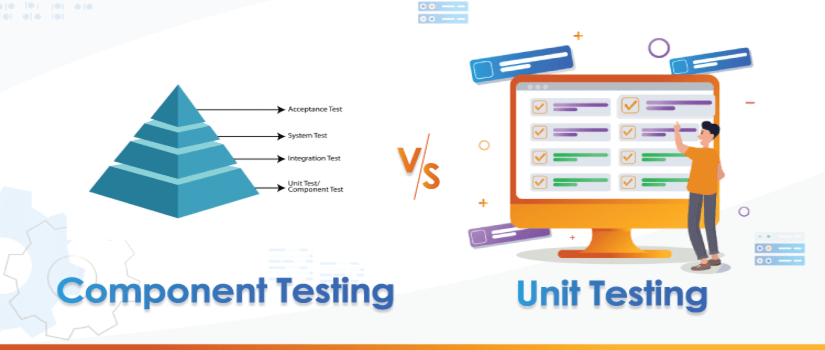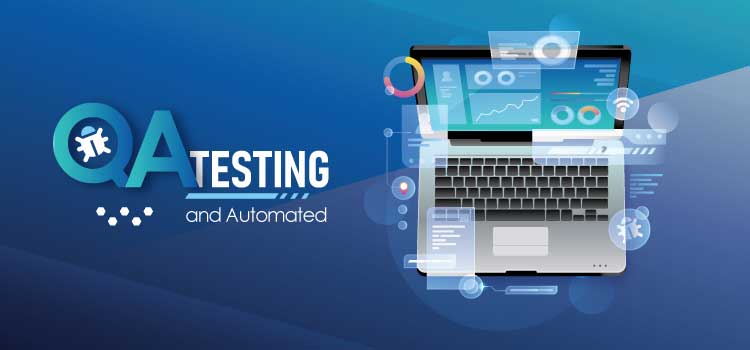In the past, The Waterfall Methodology has been widely used to complete the projects against a given deadline at a given cost. In this article, we will talk about The waterfall Model, its Stages of the development process, and some benefits & constraints of using it for a project.
The Waterfall Model?
The Waterfall Model was introduced by Winston Royce in 1970. It is a linear model that divides software development into different phases. Each phase is designed to perform a specific activity during the SDLC (Software Development Life Cycle) phase. The Waterfall Model approach to project management is based on fixed requirements, dates, and outcomes. Parties involved in development (client and development team) doesn’t require to communicate constantly unless special integrations are required. In the waterfall model, each phase depends on the deliverables of the previous phase. In the development process, the progress flows in largely one direction "Downwards" like a Waterfall.
A typical Waterfall project is made up of the following phases.
- Requirements
- Design
- Built
- Test
- Deploy
- Maintenance
Requirement Gathering Stage
This is an important phase; detailed requirements are gathered from the client of the software system to be developed. The written requirements are usually put into a document and used for verification on each stage. A written document is composed of the functional and non-functional needs of the project.
Design Stage
His stage is for Planning the programming language for Ex. JAVA, PHP, .net or the database like Oracle, MySQL, etc. and other high-level technical details to describe the purpose and scope of the project.
Built Stage
After the design stage comes to the built stage. The built stage is nothing but coding the software.
Test Stage
In this phase, you test the software that you coded to verify that the project is built as per the client’s requirements.
Deployment Stage
Deploy the application in the respective environment, with the built solution further tested against the requirements to confirm that the project meets initial expectations. If it doesn’t, then identify the shortfalls and review to determine any ratification actions.
Maintenance Stage
Once the system is ready to use, defects are raised or new versions of products are needed you may later require to change the code as per client request.
Waterfall Model Can Be Used If,
- Requirements are not changing frequently
- Project is not complicated and big
- Requirements are clear
- Environment is stable
Benefits & Constraints Of The Waterfall Model
Conclusion
The waterfall model is suitable for small projects. As a developer, you can use it for projects when requirements are complete and stable. It gives the development team the benefit of planning their time and task properly and the client will not intervene much during the development process.
If you have a project in mind, Contact Us for Application Development services.











